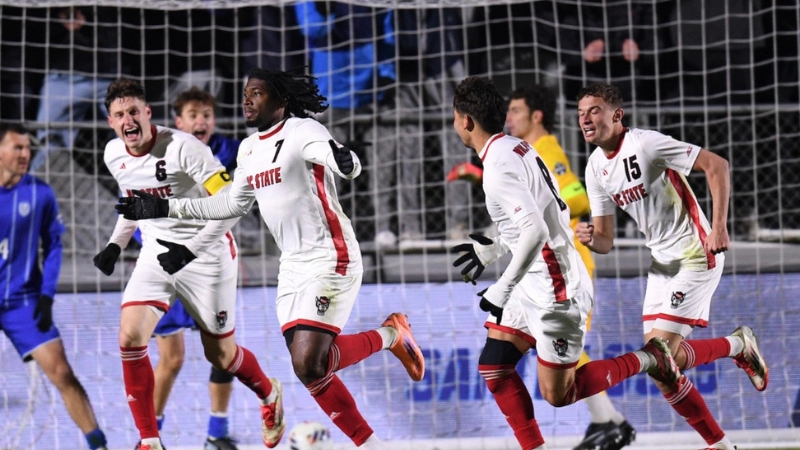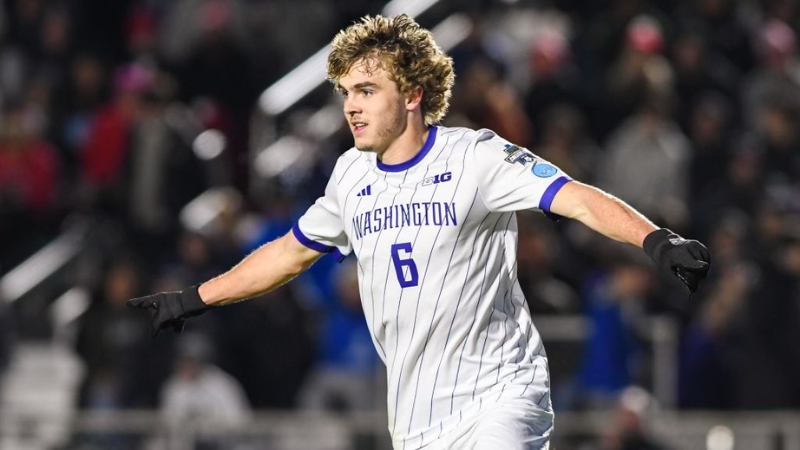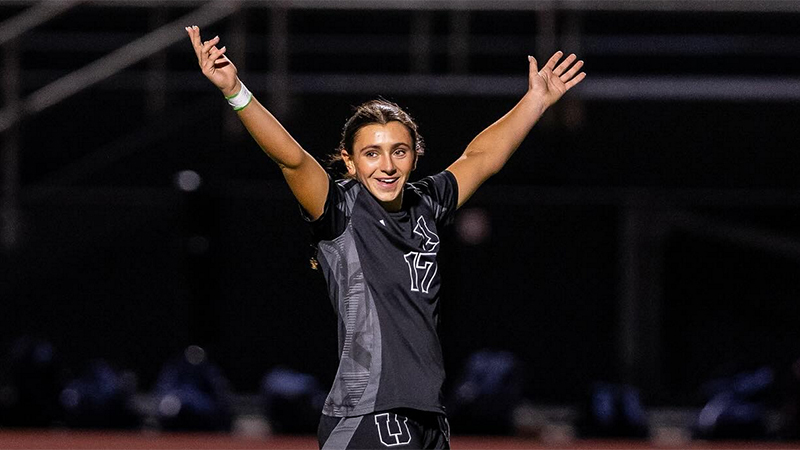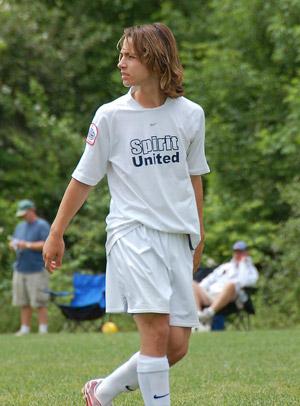 Zack in his club soccer days.
Zack in his club soccer days.American System Part II, The Egg Drill
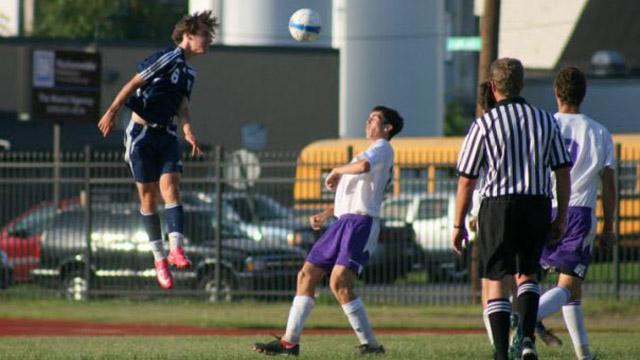
(Editor’s Note: This is the 2nd of a 5-part article chronicling the player development journey of one young man, through the eyes of his mother)
Read Part 1 here.
It took a village – an international one – to develop our U.S. soccer player.
Our family traveled all over the Mid-Atlantic United States and figuratively speaking - all over the world – in search of “good soccer” for our son.
- There was the Latin American genius who Zack credits for making him the player he is today. He focused on developing players that understood how creating ‘space’ and movement ‘off the ball’ produced opportunity. He praised intangibles like game intelligence and field vision over wins and goals scored. “Goals will come when his body and mind are ready and we will develop his body and mind”. Don’t get me wrong, this Latin American Zen master wanted to win, but not at the expense of poorly skilled players or lackluster execution of a game plan.
- Then there was the former Greek National team and professional player who introduced Zack to the religion of over practicing the most mundane ‘touch’ drills. My son still faithfully – and sometimes begrudgingly - practices what we named the “Egg Drill” and “Little Touches Drill” each day. Zack’s coaches in Germany and Brazil marveled at how an American could have such a beautiful touch. Thank you Peter!
- Next was the former Irish National team and professional player who trained and coached his 13 and 14 year old charges like professionals. His players were disciplined, they turned beautifully with the ball, passed gracefully under pressure, and although he had a team that was small in stature, they were all young experts at maintaining balance on the ground and supremacy in the air.
- The former English professional player who helped high-strung, perfectionist Zack to learn to ‘relax’, have fun, and stay positive and focused especially when the game isn’t going your way. It may not seem a lot, but mastering skills is a piece of cake compared to a young player trying to master their ‘mental game’. Here, U.S. Soccer severely underserves our youth players – but that’s a whole other commentary for another day.
- Finally, the former Scottish professional player and coach who practiced game speed fitness drills WITH the ball and how the position and direction of your body should be relative to your position on the field and the location of the ball. It was pretty heady stuff for a 15 year old, but he loved it and worked hard to soak up every bit of what he taught into his game.
- These are not nationally well known coaches and trainers. Most every one of them had excellent teams, but I don’t think anyone’s been knocking on their doors to head up a Youth National team program. I’m not even sure if any of these coaches followed the then current U.S. Soccer curriculum, and shame on me as a parent for not even knowing what that was, but the combination of the skills learned from these gentlemen gave my son the base for the success he is having today. If our old youth development curriculum is so good (there wasn’t one) – and to some it’s apparently better than that of Real Madrid’s youth system (being used in the new U.S. curriculum)- I have to wonder why our son had to bounce from coach to coach – and eventually to coaches and clubs outside of the U.S. – to piece together quality training that would develop him into a player capable of technically skilled, beautiful soccer.
American Soccer, your curriculum, whatever and wherever it is, failed my son.
My Proof: “The Egg Drill”
It was the lack of one skill that made us realize our son’s soccer development had been – in some respects - woefully inadequate. Our 11-year old son – almost four years in the American youth soccer system - couldn’t absorb a soccer ball. If you didn’t gasp after reading that last sentence, you should. As parents of a young soccer player, we had no idea that absorbing a soccer ball was so important. I imagine that many parents don’t know that it’s important and my son was living proof that many U.S. coaches and trainers don’t know it’s important either, so I’ll take a moment to explain.
 Zack in his club soccer days.
Zack in his club soccer days.Soccer “nutty” parents, this is for you. If you – like me – have enjoyed curling up on the couch with your kids watching Fox Soccer and Gol TV on a Saturday morning, you know that absorbing – or receiving - a soccer ball is the most basic tenet of the beautiful game. I only learned how important it was when after four years and countless training sessions, ‘elite’ camps, ODP and player development programs my son was finally told – by a former Greek National Team player now youth coach - that he could never play this game unless he could properly absorb a soccer ball.
According to him, it is a virus that plagues the feet of practically every American kid in the American youth soccer community. At our first meeting, when he was trialing our son for his team, he pointed to a youth team training at the same park to prove it to us. My husband and I watched practically every pass ‘bounce’ off the receiving player’s foot. Passes bounced out of bounds, into their faces, back into the feet of another player. We’d never noticed it before. Seriously, next time you’re at practice or a game – watch for it. It’s an epidemic!
Absorbing a soccer ball with both feet consistently isn’t easy, it requires years of practice, and mastering it requires the most un-fun drill known to soccer mankind which is probably why we American’s are so terrible at it. We only do the fun things at our youth practices like soccer tennis and World Cup scrimmages and shooting drills. Well, this loud, imposing coach did none of those things at his practices and his players loved him and were wildly successful, go figure. He taught Zack how to practice absorbing a ball via this painfully repetitive drill we lovingly coined “The Egg Drill”. “The Egg Drill” – a drill apparently mastered by all Greek boys at birth or so we were told - requires you to bounce a ball off a wall, with the inside of each foot, 100 times, three times a day until your foot stops the soccer ball so gently it’s as if your foot was catching – and not breaking - an egg. The kicker here was that this coach told our son that he wouldn’t put him on the field until he perfected this skill. For the first time, a coach dared to ignore our son’s superior athletic ability, his goals scored, tournament wins, and ODP National Pool pedigree. This coach didn’t give a rat’s tuckus about any of that, he simply assessed our son’s skills and told him take his ball, go home and ‘do this’ to get better. We learned two things from that day. First, our so called soccer phenom had not even mastered the simplest of soccer skills. Second, we learned that one boringly repetitive drill provided our son with his first truly useful skill in four years of playing. That drill and his equally repetitive and boring “Little Touches Drill” are drills our 17 year old son still practices today. This experience, for us, was just the beginning of OUR new way of thinking. These coaches we sought out weren’t running the ODP cattle calls, the big College camps, the Academy’s or the super clubs. Maybe part of the problem is that these coaches are out there ‘doing their own thing’. I agree, we do need standardization to ensure consistent development of our youth players, but we found that more often than not, these ‘renegades’ were doing the ‘right things’ and the proof was on the practice and game fields. I would hope U.S. Soccer would reach out to many of these small club coaches and bring them to the table. As a parent, I’d like their opinions and ideas on a player development curriculum for our children to be considered.
Continue to Part 3: Coaches Who Won’t Change
Headlines
- Recruiting Roundup: December 8-14
- How Do I Get Scouted by TopDrawerSoccer?
- 2026 Women's Division I Transfer Tracker
- NC State Advances to First College Cup Final
- Washington Dominates College Cup Semifinal
-
GA Showcase/Champions Cup Goal Scorers

- TopDrawerSoccer TeamRank Update - Boys
-
High School All-American Game Preview

-
ECNL Girls New England Players to Know

- Get Spotted at Elite College ID Camps

